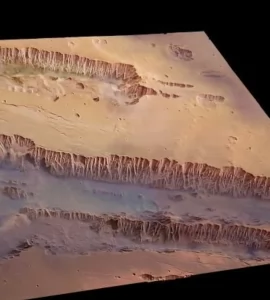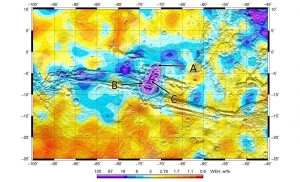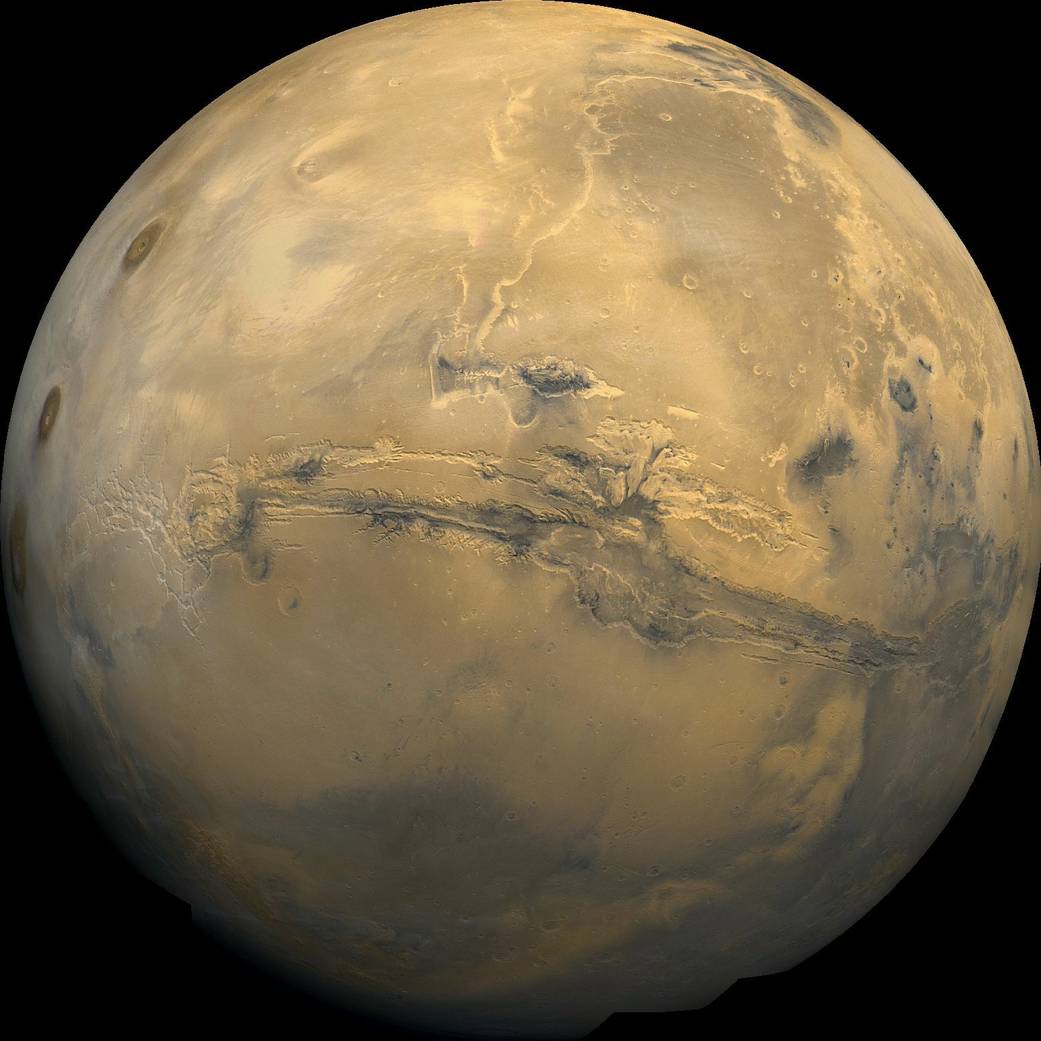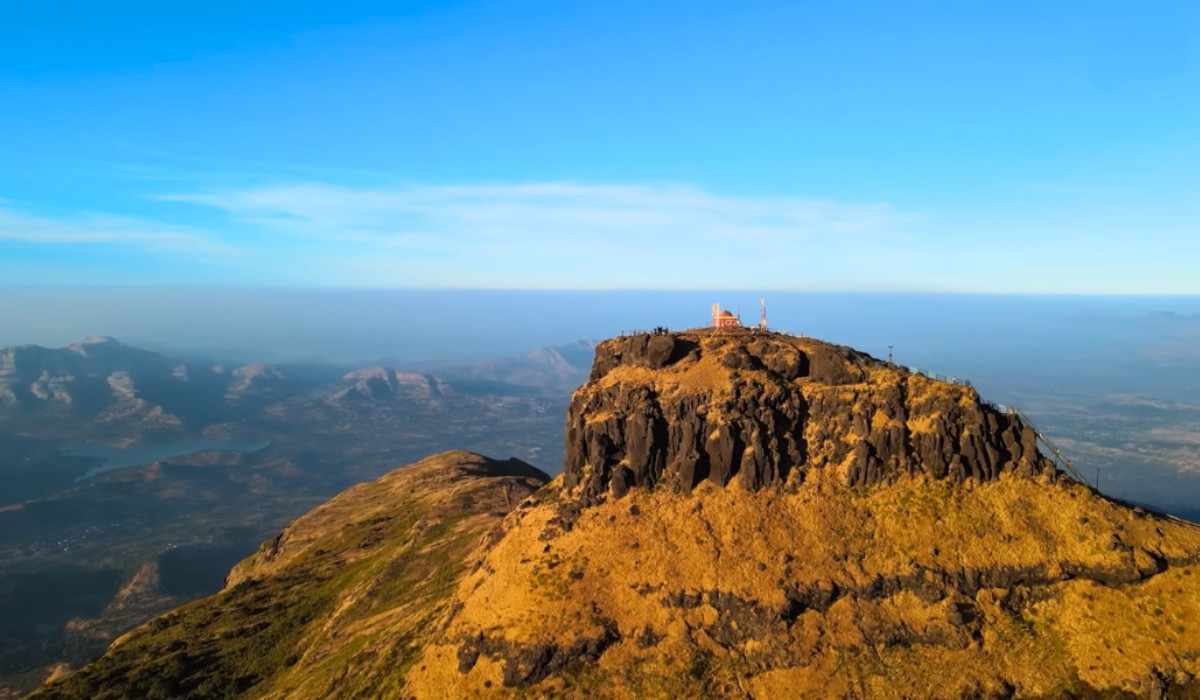Beneath Canyons on Mars, Astronomers Find Potentially ‘Water-Rich Area the Size of the Netherlands’.A Martian orbiter located a large reserve of hydrogen in a mountainous area of the Red Planet.
Located below the Red Planet’s equator, the Valles Marineris is one of the largest known series of canyons in the solar system. About a meter beneath the valley’s surface, astronomers have now detected a large amount of hydrogen, reports Michelle Starr for Science Alert. The discovery, published in the journal Icarus, may allow future astronauts to access water on Mars easily
While water has been previously known to exist on Mars. Most of it is found as ice caps near the poles. Water and ice have never been found at the surface near the equator, however, because temperatures are not cold enough for it to be stable, per a statement. Other missions have looked for surface water hidden as ice on dust particles or locked within minerals.
Discovery of Water
 The finding suggests that, at depths up to a meter (three feet) below the surface. The soil in the region is rich in water, either bound up in minerals or as subsurface ice. It potentially offering a new way of locating the precious stuff on the apparently extremely arid world.
The finding suggests that, at depths up to a meter (three feet) below the surface. The soil in the region is rich in water, either bound up in minerals or as subsurface ice. It potentially offering a new way of locating the precious stuff on the apparently extremely arid world.
“With the Trace Gas Orbiter, we can look down to one meter below this dusty layer and see what’s really going on below Mars’s surface – and, crucially, locate water-rich ‘oases’ that couldn’t be detected with previous instruments,” said physicist Igor Mitrofanov of the Space Research Institute of the Russian Academy of Sciences in Russia; lead author of the new study.
“FREND revealed an area with an unusually large amount of hydrogen in the colossal Valles Marineris canyon system. Assuming the hydrogen we see is bound into water molecules, as much as 40 percent of the near-surface material .”
We know there’s water on Mars. We can see it, at the cold poles, bound up as ice. That’s where most of it seems to be; at the equator, conditions are too warm for ice to form at the surface.
Drilling the Mars
It’s possible that water can be found under the surface. But other previous searches by other Mars satellites only found it at higher latitudes.
Cue FREND, or the Fine Resolution Epithermal Neutron Detector. Rather than mapping light at the very surface of the red planet, FREND detects neutrons. This allows it to see the hydrogen content of Mars’s soil up to a meter below the surface. Which, in observations taken between May 2018 and February 2021, it seems to have done.

“Neutrons are produced when highly energetic particles known as galactic cosmic rays strike Mars; drier soils emit more neutrons than wetter ones, and so we can deduce how much water is in a soil by looking at the neutrons it emits,” said physicist Alexey Malakhov, also of the Space Research Institute of the Russian Academy of Sciences.
“We found a central part of Valles Marineris to be packed full of water – far more water than we expected. This is very much like Earth’s permafrost regions, where water ice permanently persists under dry soil because of the constant low temperatures.”











